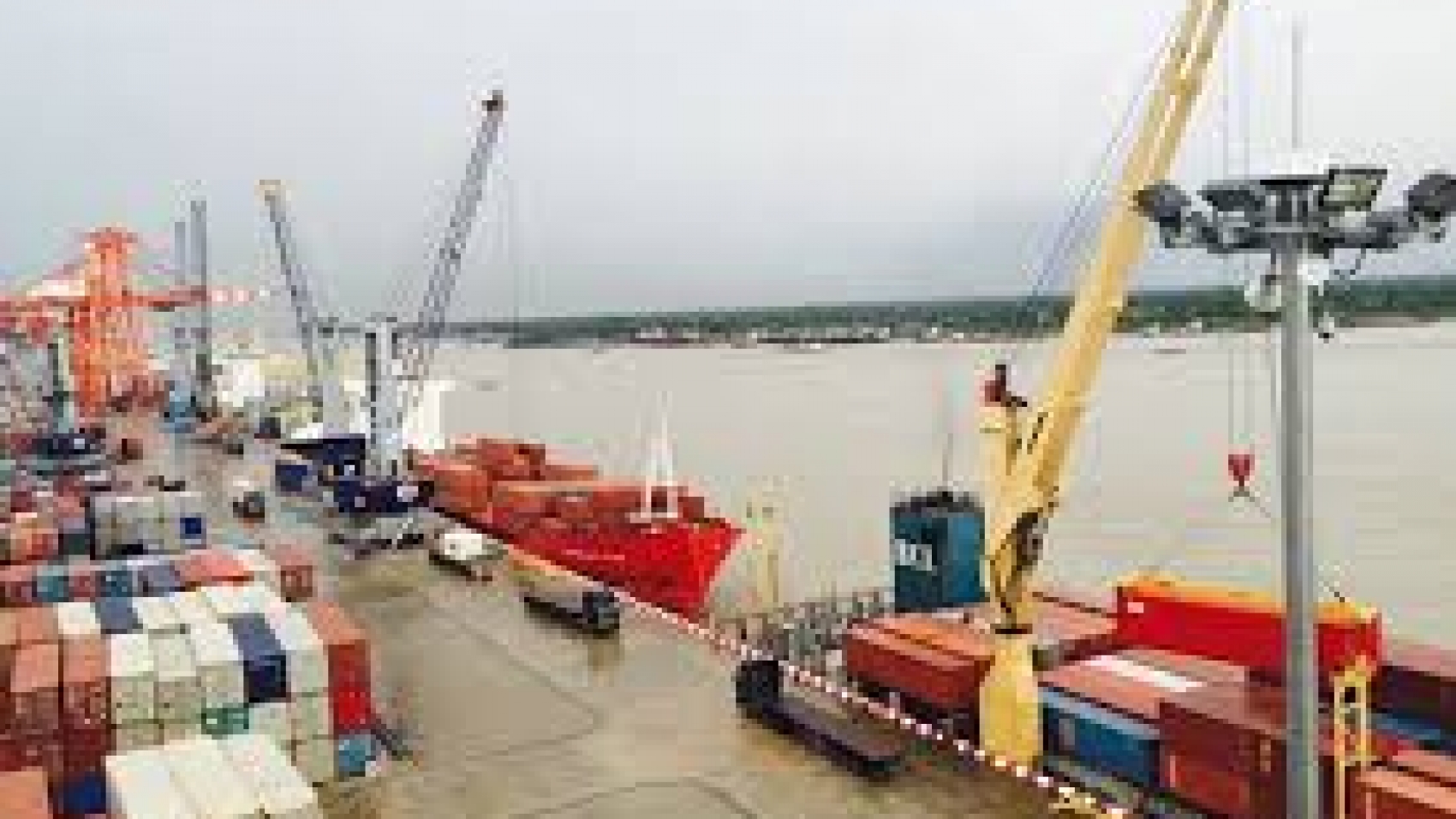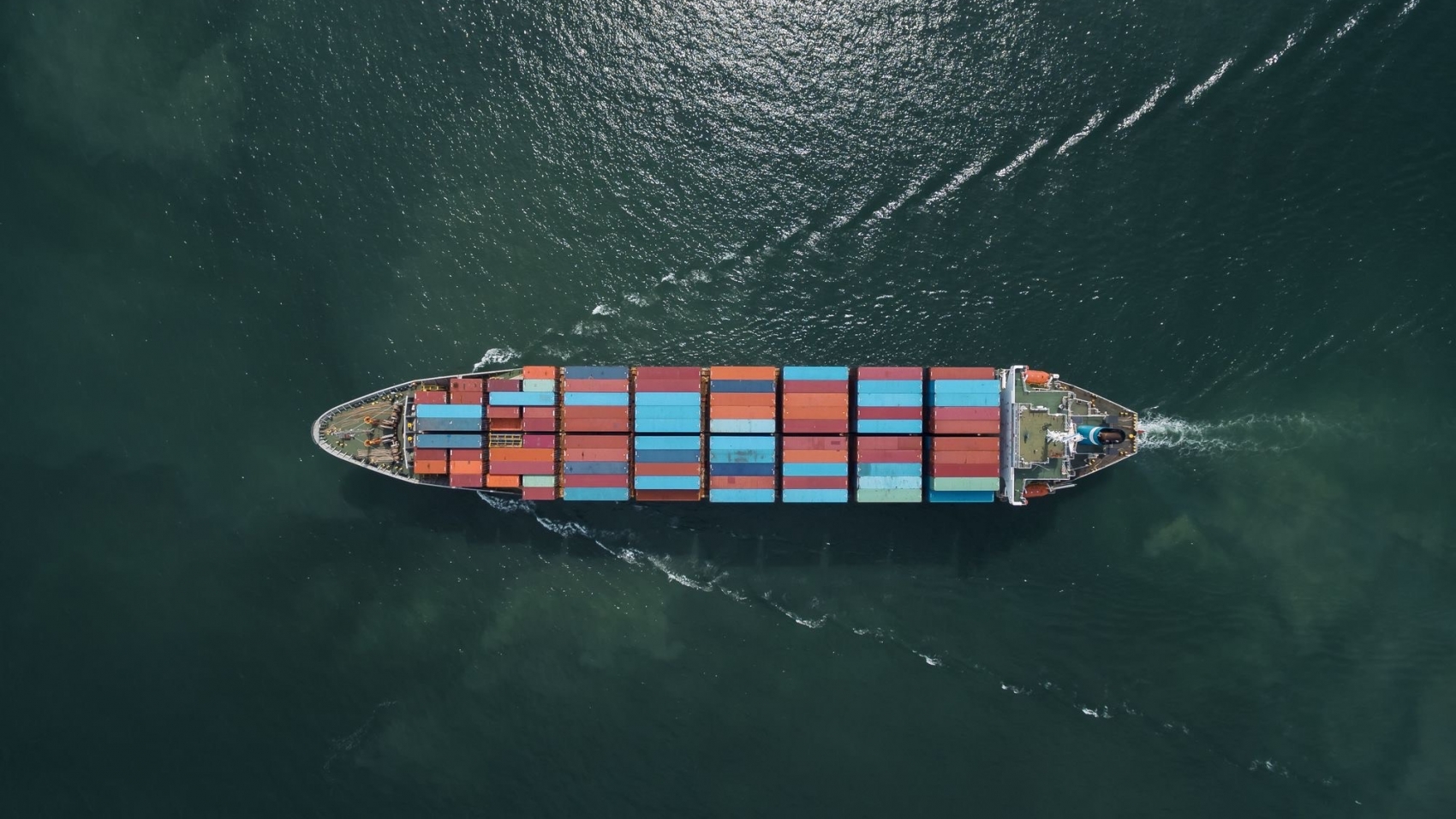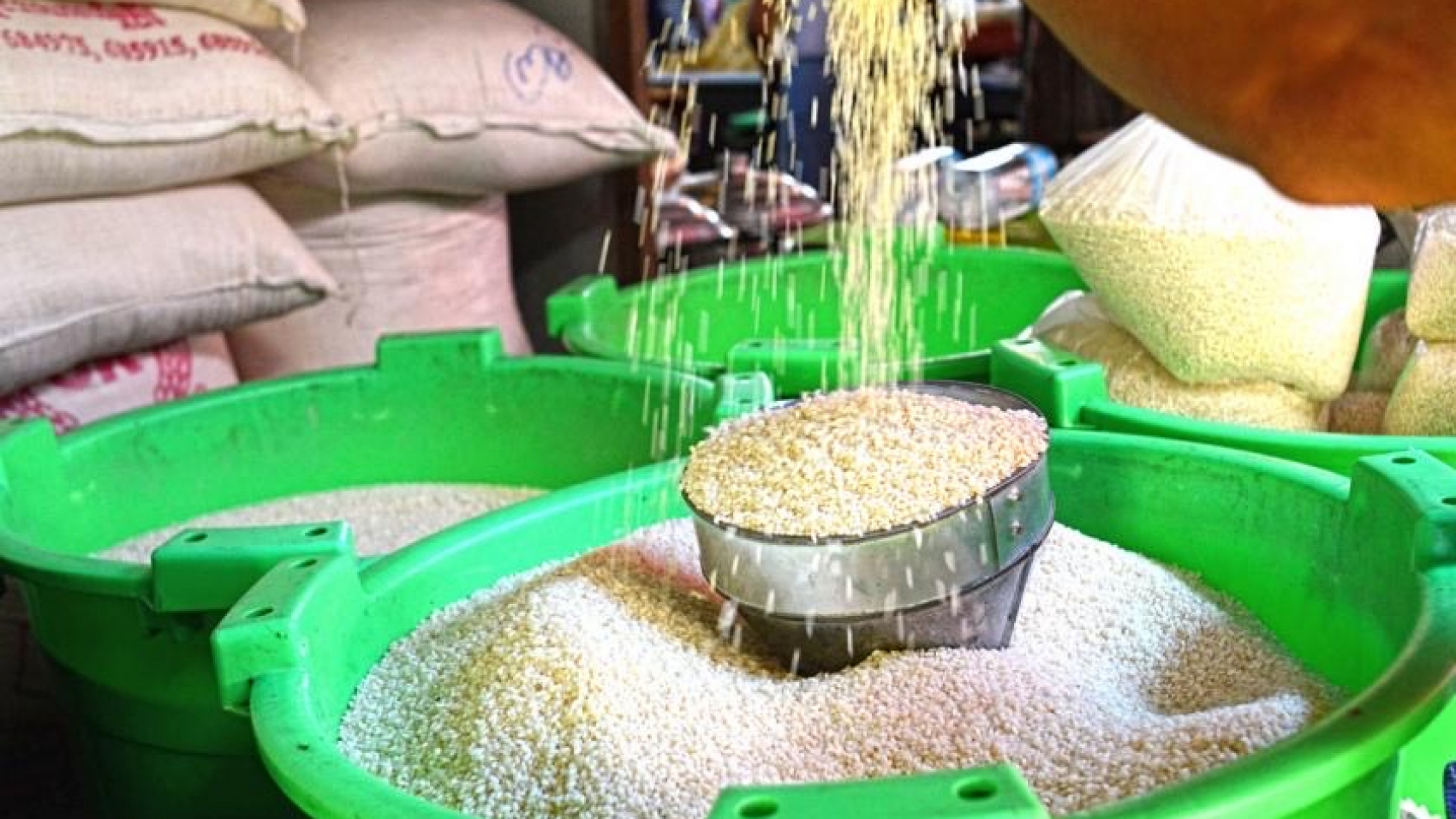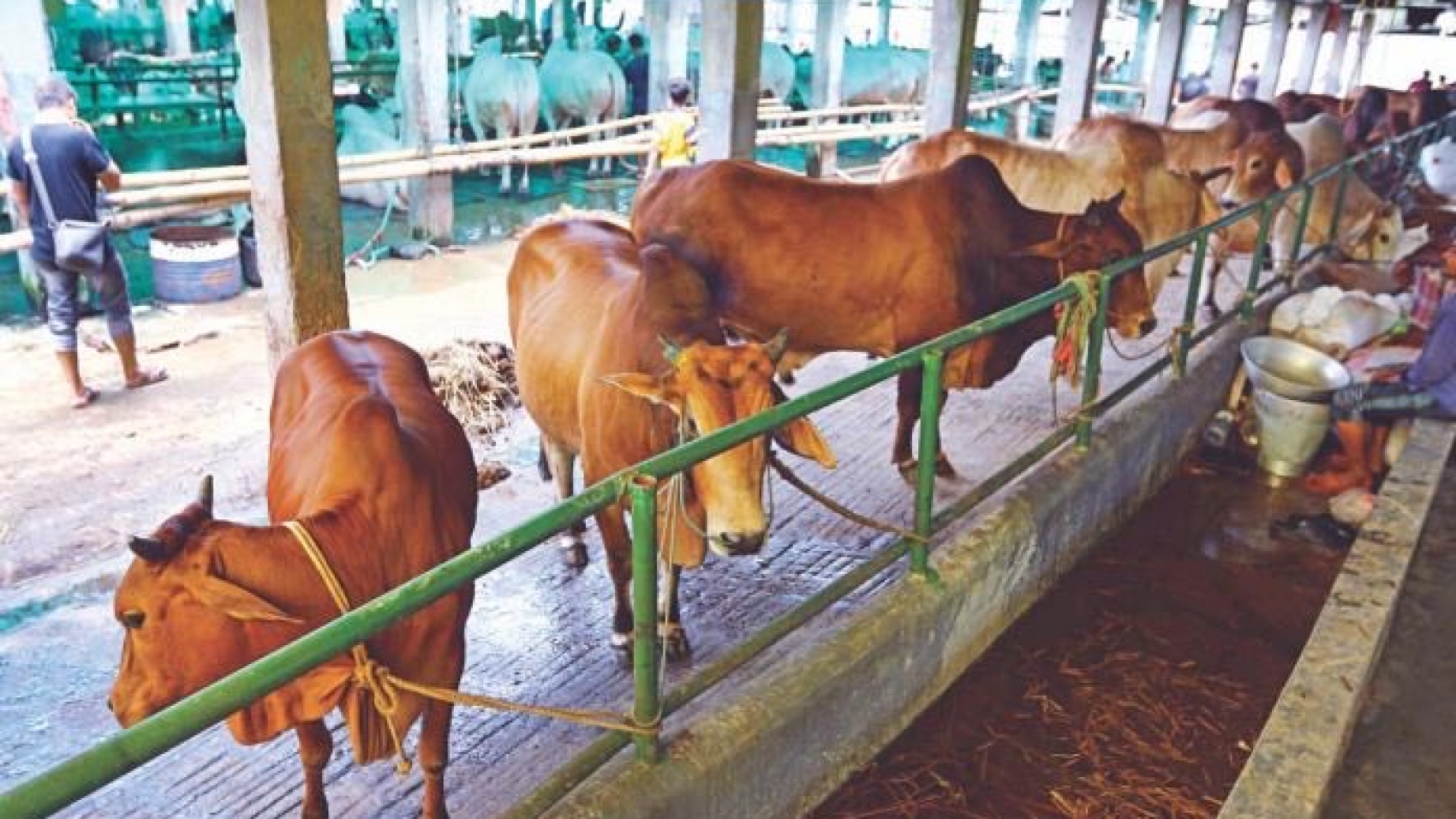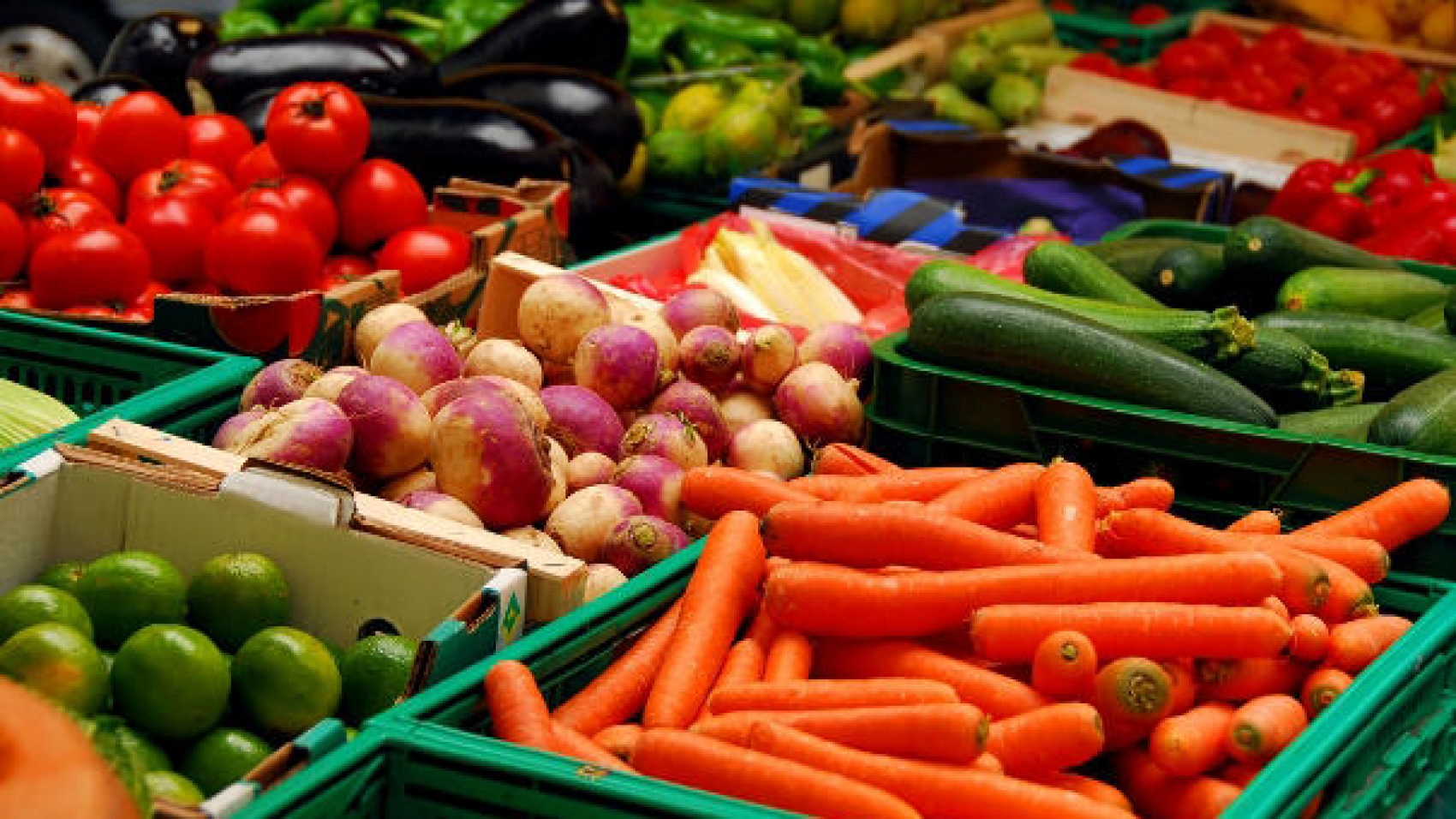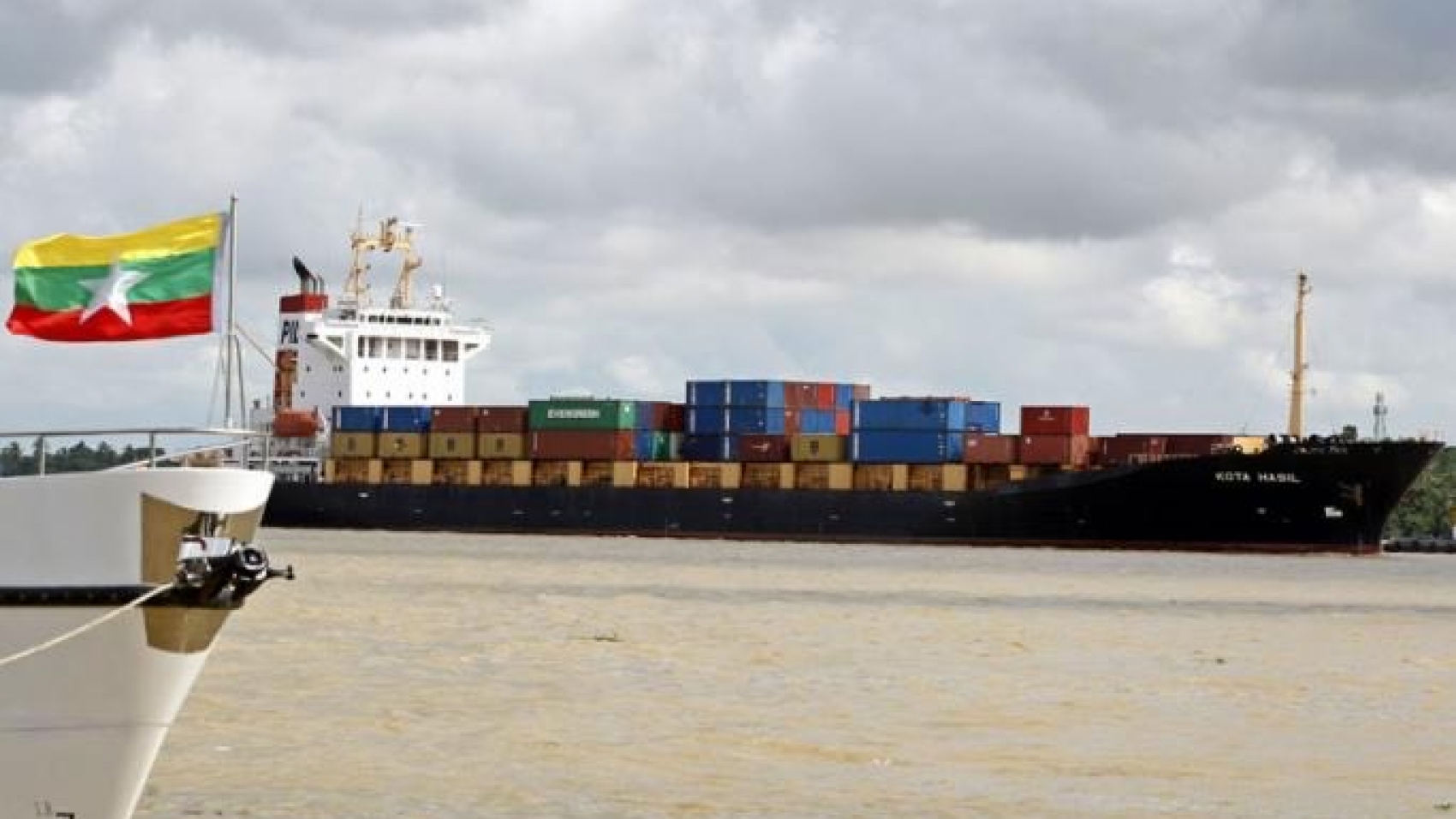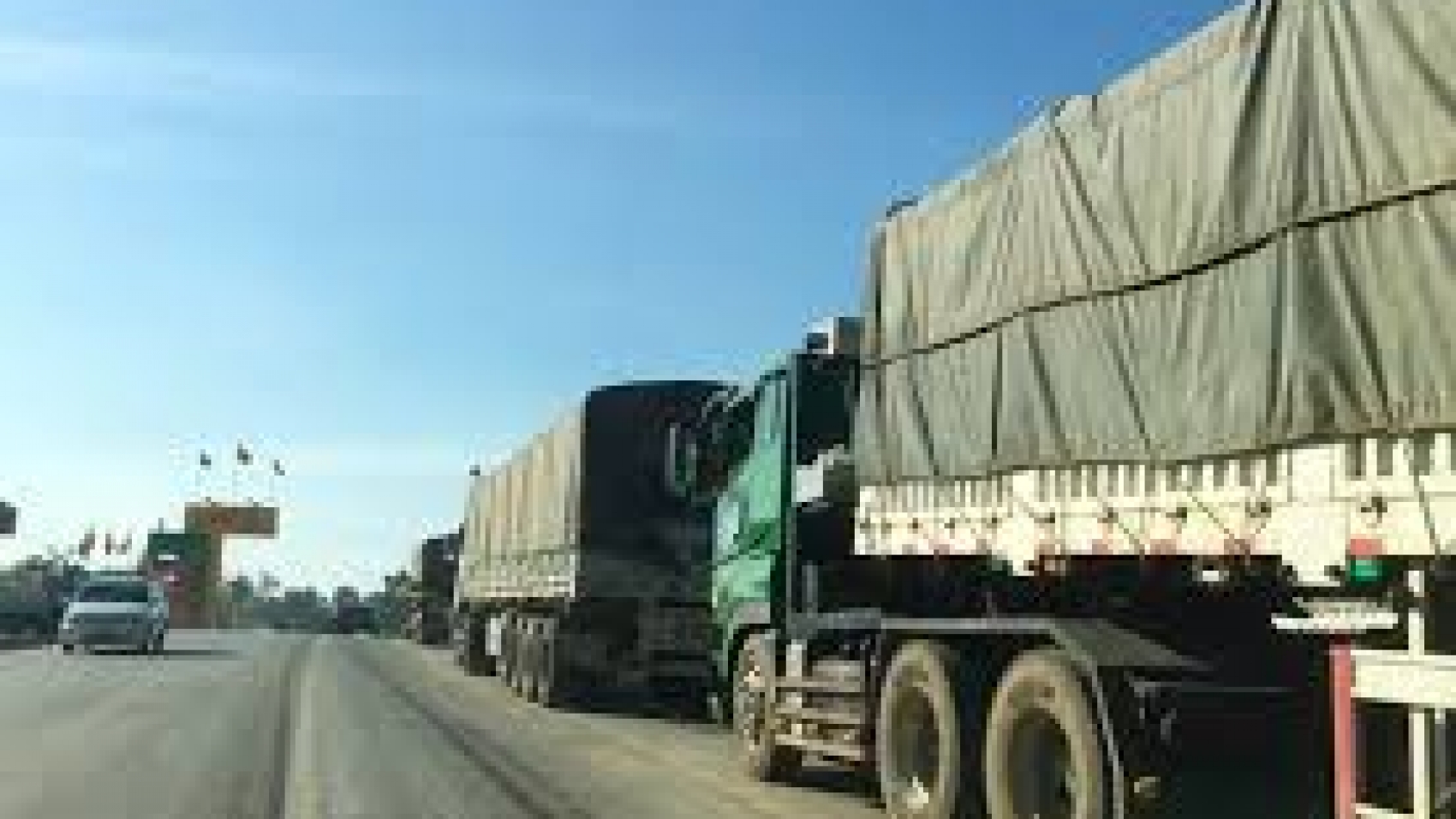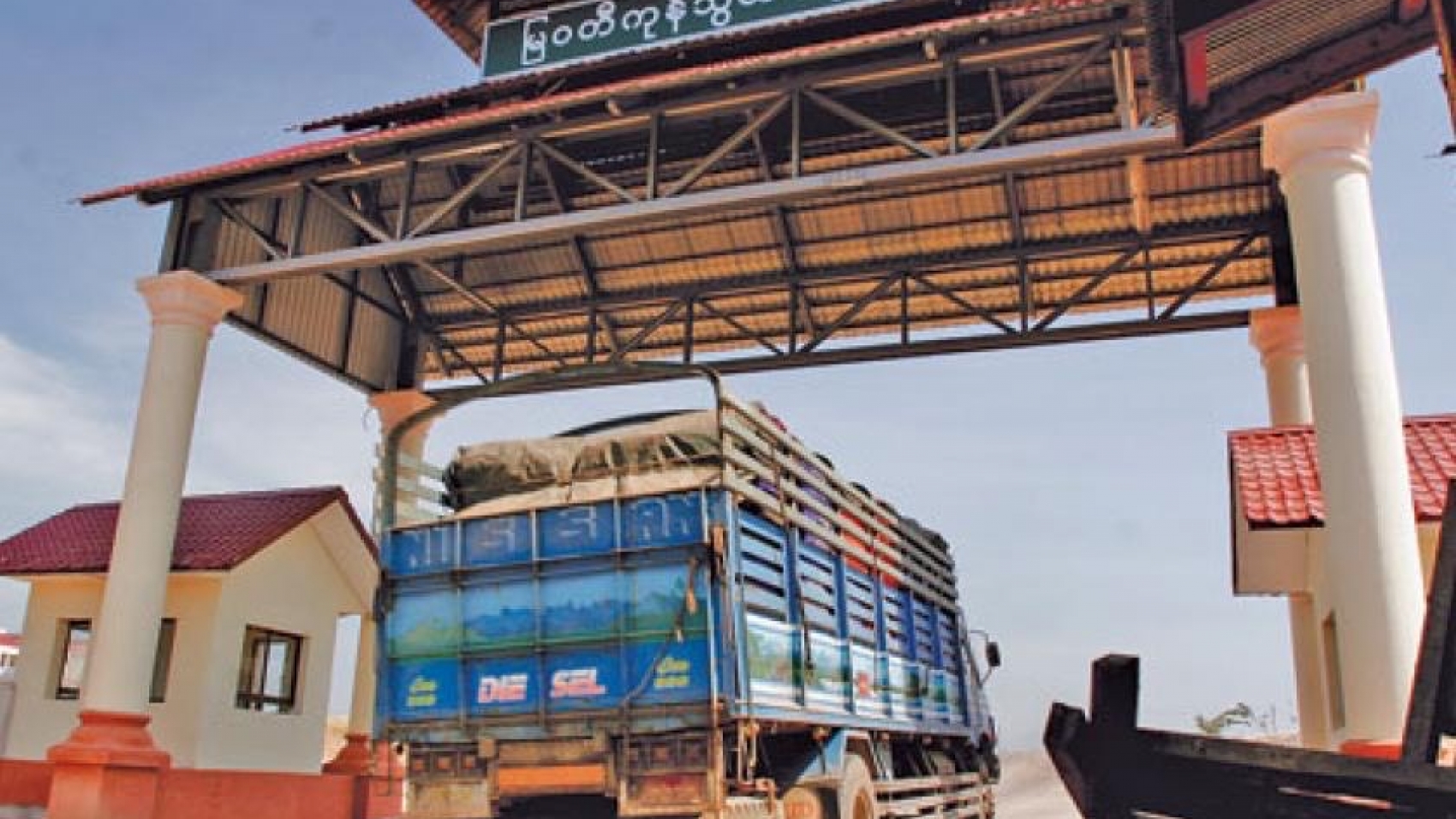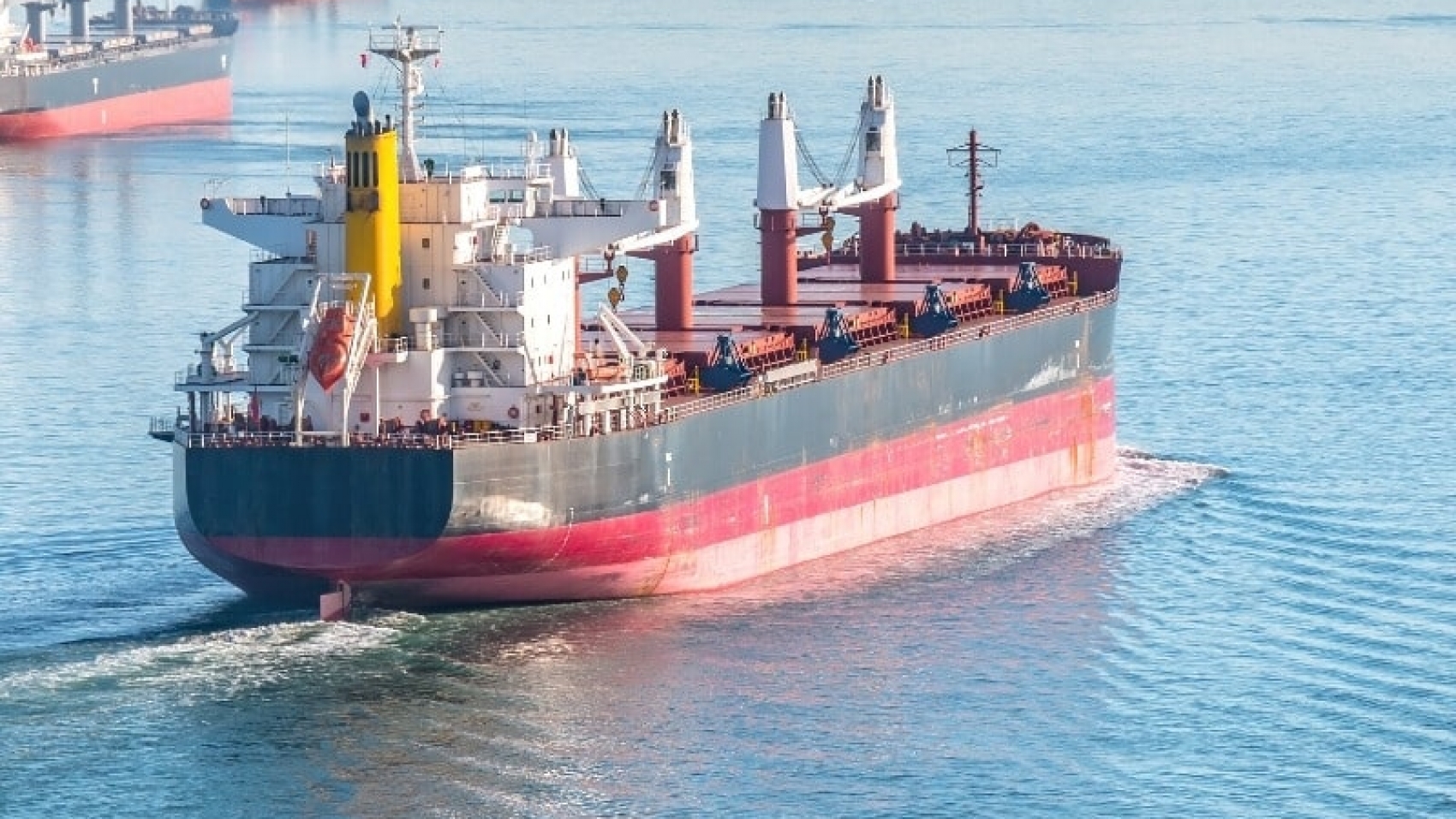Myanmar’s export / import routes by land is 19.25% within 10 months; 56.78% are exported by sea and more than 16% are imported by land. 79.39% was imported by sea. Ministry of Finance and Industry According to the team that compiled the export / import statistics completely and quickly. From October to July of the 2019-2020 fiscal year, Myanmar’s exports / imports increased by 19.25% by land; 56.78% by sea; 3.90% by air and 20.07% by gas pipeline.
Imports accounted for 16.20% by land from October to July of the 2019-2020 fiscal year. 79.39% by sea; 4.41% by air. In the first four months of the 2020-2021 fiscal year, exports earned more than $ 5.5 billion, down more than $ 880 million from the same period last year, according to the Ministry of Commerce. In the four months from October 1 to February 12 of the 2020-2021 fiscal year, it earned $ 5.531 billion from exports. In the same period last year, it earned $ 6.417 billion.
In the first four months of the current fiscal year, exports fell $ 886.341 million from the same period last year. Myanmar exports agricultural products Animal products; Fishery products; Minerals; Forest products; Finished industrial products; It is mainly exporting to other exports. In the two months from October 1 to November 27 of the 2020-2021 fiscal year, the total export / import trade exceeded $ 4.3 billion, down by more than $ 1.5 billion from the same period last year, according to the Ministry of Commerce.
The main priority areas of the National Export Strategy 2020-2025 are agro-based food production; Textile and clothing sector; Industry and electronics; Fisheries sector; Forest products; Digital products and services; Logistics services; Quality management sector; Trade Information Services; And innovation and entrepreneurship. Despite the outbreak of the COVID-19 epidemic in the last fiscal year 2019-2020, the total foreign trade volume exceeded $ 36.6 billion, more than $ 3 billion more than planned, according to the Ministry of Commerce.
Source: Daily Eleven

